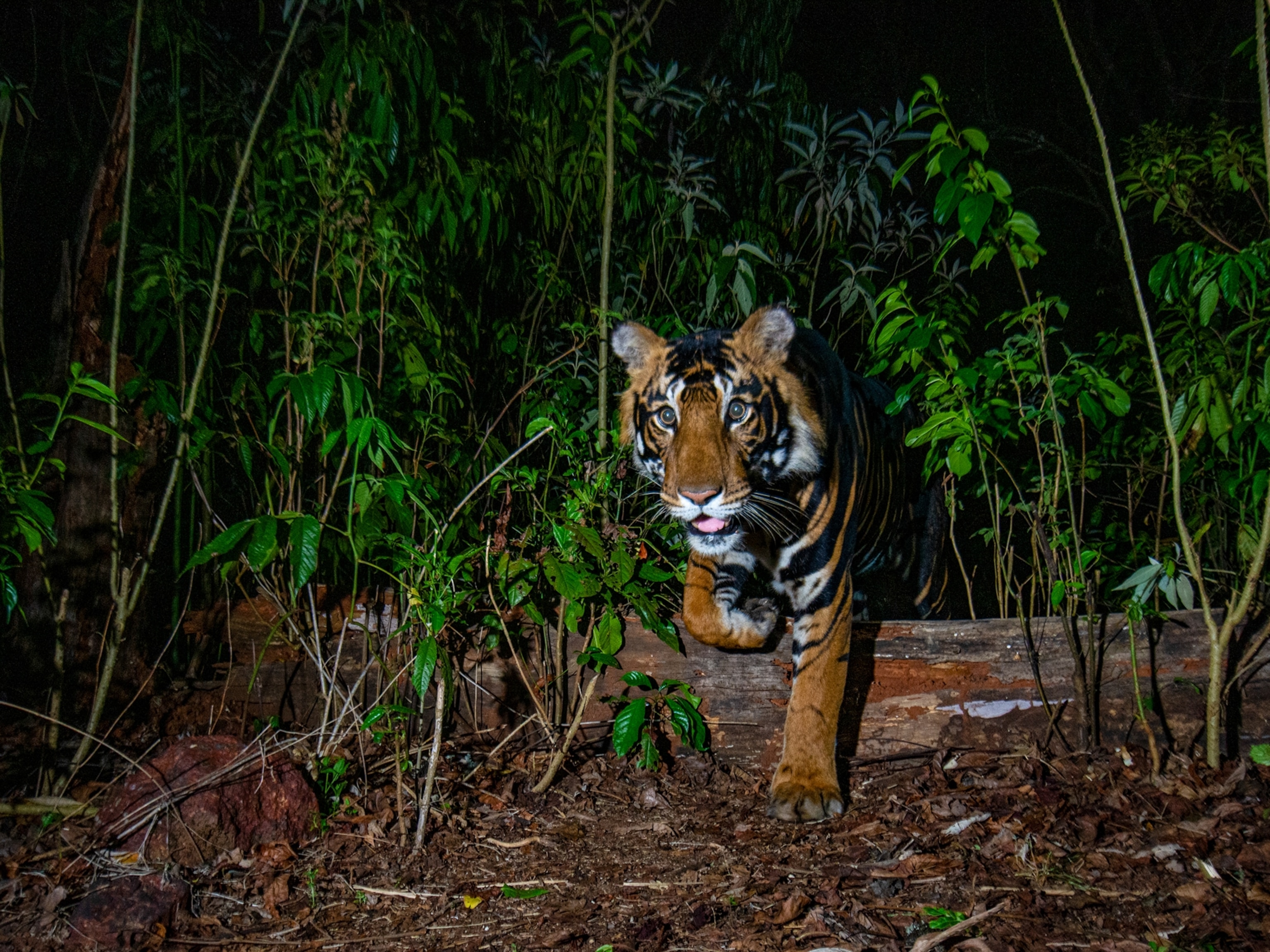Tiger Kills Zookeeper in 'Freak Accident'
The incident at a U.K. zoo has raised questions.
Highlighting the potential risks of keeping wild animals, a zookeeper was killed in a “freak accident” with a captive tiger Monday, at Hamerton Zoo Park in Huntingdon, Cambridgeshire, United Kingdom, about two hours north of London.
The zookeeper, Rosa King, 34, had worked there for 14 years.
"She wouldn't have done anything else, it's what she has always done, it's what she has always loved," King’s mother, Andrea, told the UK Press Association.
The tiger was reportedly unharmed in the incident and at no point was it outside it’s normal enclosure. The zoo has said the public’s safety was not at risk and is investigating what happened in the tragic encounter.
Visitors were evacuated as soon as the incident became known and the zoo remained closed Tuesday pending investigations.
On its Facebook page, the zoo said its staff are “too distressed to speak directly to the media, as one of our colleagues was killed.”
The zoo added, “All our thoughts and sympathies are with our colleague’s friends and families at this dreadful time.”
Comments on that Facebook post range from those sharing sympathy to those expressing frustration that wild animals are kept in captivity. (Learn about the tiger that wandered a Russian city being returned to the wild.)
A study released in spring 2016 estimated there are 3,890 wild tigers, up from 3,200 in 2010, when countries announced a historic commitment to double the population by 2022. Although some conservationists expressed doubts about that study, it marked the first time tiger numbers were seen increasing globally in more than a hundred years.
At the same time, many more tigers exist in captivity around the world, in zoos, private reserves, and other facilities. Very few of those will ever be released into the wild. (Learn about the tiger that received eye surgery.)
At the turn of the 20th century some 100,000 tigers roamed throughout Asia. Today tigers are scattered across 7 percent of their former range, often in small “island” populations whose isolation puts them at risk of becoming inbred and imperils their long-term survival.
The majority of wild tigers left are of the Bengal subspecies, while the other four—Siberian, Indochinese, Malay, and Sumatran—are highly endangered. Poaching remains a significant threat, particularly to fuel a black market for tiger parts in Asia, as does retaliatory killings for loss of livestock.





